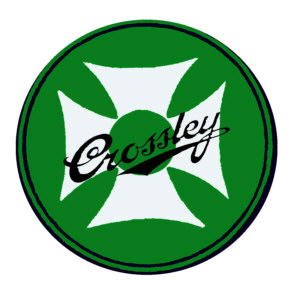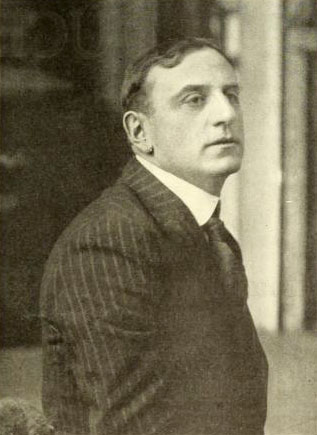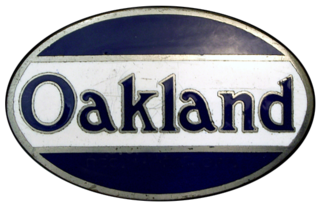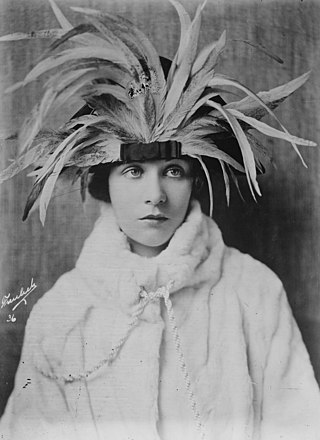
Harry Sinclair Lewis was an American novelist, short-story writer, and playwright. In 1930, he became the first author from the United States to receive the Nobel Prize in Literature, which was awarded "for his vigorous and graphic art of description and his ability to create, with wit and humor, new types of characters." Lewis wrote six popular novels: Main Street (1920), Babbitt (1922), Arrowsmith (1925), Elmer Gantry (1927), Dodsworth (1929), and It Can't Happen Here (1935).

Daugavpils is a state city in southeastern Latvia, located on the banks of the Daugava River, from which the city derives its name. The parts of the city to the north of the river belong to the historical Latvian region of Latgale, and those to the south lie in Selonia. It is the second-largest city in the country after the capital Riga, which is located some 230 kilometres northwest and is the ninth most populous city in the Baltic states.

Juliane "Liane" Haid was an Austrian actress and singer. She has often been referred to as Austria's first movie star.

The Ziegfeld Follies were a series of elaborate theatrical revue productions on Broadway in New York City from 1907 to 1931, with renewals in 1934, 1936, 1943, and 1957. They became a radio program in 1932 and 1936 as The Ziegfeld Follies of the Air.
There have been various groups in Canada that have nominated candidates under the label Labour Party or Independent Labour Party, or other variations from the 1870s until the 1960s. These were usually local or provincial groups using the Labour Party or Independent Labour Party name, backed by local labour councils made up of many union locals in a particular city, or individual trade unions. There was an attempt to create a national Canadian Labour Party in the late 1910s and in the 1920s, but these were only partly successful.

The Pennsylvania class of six armored cruisers served in the United States Navy from 1905 to 1927. All six were renamed for cities 1912–1920, to make the state names available for the new battleships beginning with the Pennsylvania-class battleships. All of these served during World War I, with California being the only ship of the class to be lost. The remaining five armored cruisers were scrapped between 1930 and 1931 in accordance with the London Naval Treaty.

Crossley Motors was an English motor vehicle manufacturer based in Manchester, England. It produced approximately 19,000 cars from 1904 until 1938, 5,500 buses from 1926 until 1958, and 21,000 goods and military vehicles from 1914 to 1945.

Maurice Félix Thomas, known as Maurice Tourneur, was a French film director and screenwriter.

The Oakland Motor Car Company of Pontiac, Michigan, was an American automobile manufacturer and division of General Motors. Purchased by General Motors in 1909, the company continued to produce modestly priced automobiles until 1931 when the brand was dropped in favor of the division's Pontiac make.
This is a chronological list of periods in Western art history. An art period is a phase in the development of the work of an artist, groups of artists or art movement.

The Battle of Daugavpils, or Battle of Dyneburg, or Operation Winter was the final battle during the Polish-Soviet War of 1919. A joint Polish and Latvian force, operating under Polish Staff orders known as "Operation Winter", attacked the Red Army garrison in Dunaburg, or Daugavpils, from 3 to 5 January 1920.

Joseph Ruttenberg, A.S.C. was a Ukrainian-born American photojournalist and cinematographer.
Square D is an American manufacturer of electrical equipment headquartered in Andover, Massachusetts. Square D is a flagship brand of Schneider Electric, which acquired the company in 1991.

Virginia Valli was an American stage and film actress whose motion picture career started in the silent film era and lasted until the beginning of the sound film era of the 1930s.

Woman's Journal was an American women's rights periodical published from 1870 to 1931. It was founded in 1870 in Boston, Massachusetts, by Lucy Stone and her husband Henry Browne Blackwell as a weekly newspaper. In 1917 it was purchased by Carrie Chapman Catt's Leslie Woman Suffrage Commission and merged with The Woman Voter and National Suffrage News to become known as The Woman Citizen. It served as the official organ of the National American Woman Suffrage Association until 1920, when the organization was reformed as the League of Women Voters, and the Nineteenth Amendment to the United States Constitution was passed granting women the right to vote. Publication of Woman Citizen slowed from weekly, to bi-weekly, to monthly. In 1927, it was renamed The Woman's Journal. It ceased publication in June 1931.
Bricklayers and Masons F.C., also known as Chicago Bricklayers, was a U.S. soccer team based in Chicago, Illinois which joined that city's Association Football League in 1914. Over the next twenty years, Bricklayers won two Peel Cups and was the runner up in the 1928 and 1931 National Challenge Cup.

The East Jefferson Avenue Residential District in Detroit, Michigan, includes the Thematic Resource (TR) in the multiple property submission to the National Register of Historic Places which was approved on October 9, 1985. The structures are single-family and multiple-unit residential buildings with construction dates spanning nearly a century, from 1835 to 1931. The area is located on the lower east side of the city.
USS William Isom (ID-1555) was an oil tanker that was built in 1917 and briefly served in the United States Navy. She spent three decades in the United States Merchant Marine. In 1931 she was renamed Edwin B. De Golia.

René Guissart was a French film director and cinematographer. During the 1920s and 1930s he worked as cinematographer on numerous British films, many of them for British International Pictures. He also worked on MGM's 1925 epic Ben-Hur. From 1931 Guissart began directing and had made twenty eight films by 1939.













